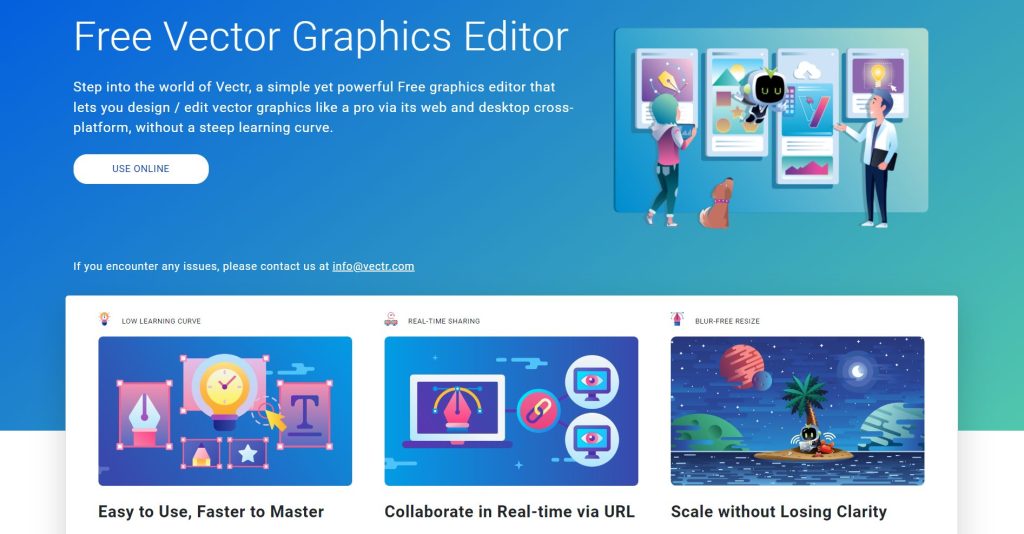Why Every Business Needs a Custom Web Design for Maximum Impact
Why Every Business Needs a Custom Web Design for Maximum Impact
Blog Article
Comprehending Individual Experience: Trick Principles for Effective Website Design
In the world of web layout, recognizing customer experience (UX) is vital to developing systems that not just attract but additionally maintain individuals. Secret principles such as user-friendly navigation and reliable comments devices play crucial duties in cultivating customer satisfaction. Additionally, factors to consider for access ensure that all users can involve with the web content flawlessly.
Relevance of Individual Experience

In the realm of web style, one can not ignore the value of user experience (UX) as a pivotal aspect that directly influences the success of a web site. When individuals run into a instinctive and engaging interface, they are much more likely to discover the web content, convert into consumers, or share their experiences with others.
Additionally, the importance of UX expands past plain aesthetic appeals. It includes the general performance of a site, making certain that navigation is smooth and details is conveniently obtainable. Websites that prioritize UX are usually regarded as more reliable and reputable, which can have an extensive effect on conversion prices. On the other hand, poor UX can lead to aggravation, resulting in high bounce prices and lost opportunities.
Inevitably, buying user experience is not simply a design option; it is a strategic decision that can set apart a brand name in a jampacked market. By concentrating on UX, businesses can create meaningful communications that resonate with individuals, leading the way for sustained success in the electronic landscape.
Use Concepts
Reliable website design depends upon the application of vital use principles that guarantee a website is both useful and easy to use. Central to these principles is the principle of intuitiveness, where individuals can navigate the website easily without extensive direction. Clear navigating structures, consisting of well-labeled menus and consistent formats, improve this instinctive experience, allowing users to situate details promptly.

Consistency is equally crucial; preserving uniformity in design components, terms, and treatments across the site helps to reduce complication. Users ought to not need to relearn how to connect with different sections of the site.
In addition, mistake avoidance and recuperation are vital for use. Websites ought to be developed to reduce the possibility of user errors, and when errors happen, clear and useful mistake messages ought to direct individuals towards resolution.
Ease Of Access Factors To Consider
Making sure ease of access in internet style is paramount for developing inclusive electronic experiences that satisfy all customers, including those with specials needs. Ease of access factors to consider include developing websites that suit diverse requirements, allowing users with aesthetic, auditory, cognitive, or motor impairments to browse and communicate efficiently.
To achieve this, internet designers need to follow developed guidelines, such as the Web Web Content Availability Standards (WCAG) These guidelines provide a structure for making material perceivable, operable, easy to understand, and robust. Key practices include ensuring enough color comparison, offering text alternatives for non-text web content, and directory guaranteeing key-board navigability.
Furthermore, semantic HTML ought to be made use of to improve display reader compatibility, allowing individuals with aesthetic impairments to understand the framework and definition of web content without effort. web design. Providing clear, succinct directions and utilizing straightforward language can further enhance usability for individuals with cognitive disabilities
Regular ease of access screening, involving genuine users with specials needs, is necessary to recognize obstacles and enhance the customer experience. By prioritizing accessibility, internet designers not only abide by legal criteria but additionally promote a more equitable electronic landscape, inevitably benefiting everybody via enhanced usability and engagement.
Visual Layout Elements
A myriad of visual layout components plays a crucial function fit customer perceptions and experiences on a website. These elements find out here now include color pattern, typography, images, layout, and whitespace, each adding to the overall visual charm and effectiveness of a website.

Color design evoke feelings and can influence individual activities; for circumstances, warm shades may develop a sense of urgency, while cool shades commonly promote calmness. Typography, on the other hand, affects readability and can develop a brand name's character - web design. The choice of font style and size should straighten with the internet site's goals and target audience
Imagery, including symbols and images, enhances narration and can considerably influence user engagement. Premium visuals produce a feeling of professionalism, while poor-quality photos might diminish the individual experience.
Format and whitespace are similarly crucial, as they direct individuals via the material. A well-structured layout aids customers locate details swiftly, while adequate whitespace stops clutter, promoting a more enjoyable browsing experience.

Checking and Model
User screening and model are basic components of a successful internet design process. These techniques enable developers to collect beneficial responses from actual individuals, guaranteeing that the final item satisfies their assumptions and demands. Individual testing includes observing how actual customers interact with a web site, identifying usability issues, and comprehending individual behavior. This direct feedback is vital in disclosing pain factors that may not appear during the style phase.
Version, on the other hand, is the process of refining the style based upon the insights obtained from user testing. By making step-by-step changes and re-evaluating the layout, teams can boost capability, enhance appearances, and maximize customer interaction. This intermittent approach promotes a culture of continual improvement, allowing designers to adjust to individual requirements and arising trends effectively.
Moreover, integrating both individual screening and version right into the style procedure results in more informed decision-making and ultimately causes a much more user-centered product. By accepting look at here these concepts, web developers can create a lot more intuitive, engaging, and reliable experiences that reverberate with their target market, eventually driving greater individual fulfillment and retention.
Conclusion
In conclusion, individual experience is a critical part of efficient internet design, including usability, ease of access, and aesthetic factors to consider. Continuous screening and iteration serve as essential processes for addressing and recognizing individual pain factors, making sure that web layouts stay versatile to advancing requirements.
In the realm of internet design, recognizing customer experience (UX) is paramount to producing systems that not just attract yet additionally keep customers.In the world of internet design, one can not underestimate the significance of customer experience (UX) as an essential component that directly influences the success of a website. Individual screening includes observing exactly how genuine individuals communicate with an internet site, determining usability issues, and understanding user behavior.In final thought, individual experience is an important component of reliable internet style, incorporating usability, access, and aesthetic considerations. Constant screening and model serve as vital procedures for addressing and recognizing customer pain factors, making certain that internet designs stay adaptable to evolving demands.
Report this page